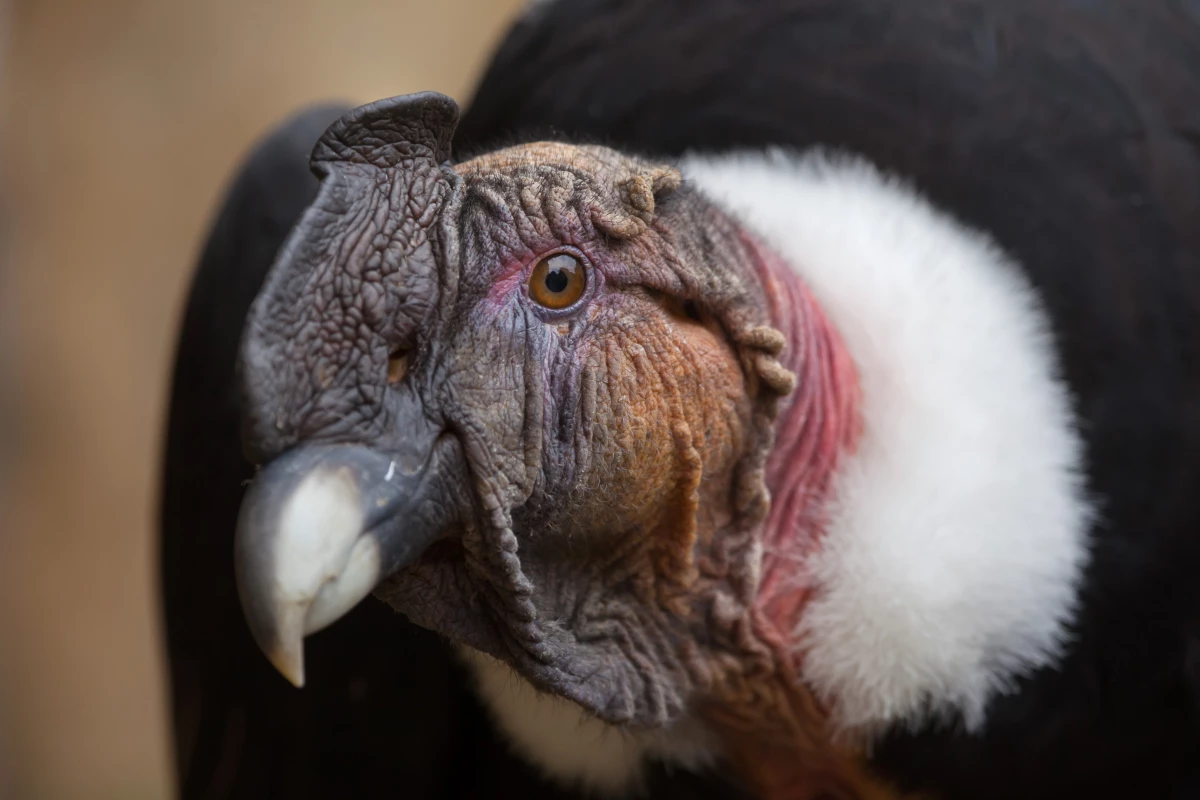A huge donut-shaped pile of poop surrounding a giant Andean condor nest is not something you’d generally hope to (or be likely to) encounter when out on a hike in South America. That is, unless you’re a paleoecologist.
It was this scenario in which these scientists, who study fossil organisms, uncovered a rare time capsule in Argentina that offered up a rich history of the elusive bird of prey and the surrounding environment dating back more than 2,000 years.
The poop pile, an hour’s hike from the closest road and around 33 feet (10 m) down a cliff face, had been protected from the elements due to an overhang sheltering it from rain and now. As such, for thousands of years breeding condors had defecated in this spot in the Nahuel Huapi National Park, leaving a densely packed slice of history for the scientists to saw off and test.
Testing for isotopes, geochemistry and DNA, scientists found that this 10-inch (25-cm) chunk of guano – the desiccated droppings of seabirds – revealed 2,200 years of environmental change. It was an even more remarkable find, given that birds rarely return to the exact same nest to raise chicks.
“If they have been using the same nest and keep coming back over and over and over again, it implies that where these birds are nesting is a super important part of their ecology and their behavior,” said paleoecologist Matthew Duda of Queen’s University, Canada.
The researchers found that guano deposits slowed (0.08 cm to 0.003 cm a year) from 1,650 to 650 years ago, indicating a mass abandonment. This also coincided with nearby volcanic eruptions, during which ash covering the earth might have made for slim pickings of ground animals for the opportunistic vultures.
It’s not the first time guano has offered such insight into animals and the past. A 2017 study was able to use the ancient poop of Antarctic gentoo penguins to discover how close the seabirds came to extinction. Bat guano has also revealed 4,000 years of history.
The scientists also found a change in chemical makeup over time, with potassium, sulfur and preserved algae offering a view into the past. Prior to the volcanic disturbance, the birds most likely fed on beached marine animals such as dead whales and the carrion of native species such as the wild ancestors of llama.
After European colonization during the 1500s, a shift in the chemical deposits saw the bird’s main diet switch to livestock such as sheep and cattle. Present-day birds have elevated lead concentrations in their guano, too, most likely from bullets in the carcasses they feed on.
The Andean condor (Vultur gryphus) is the world’s largest bird of prey, weighing up to 33 lb (15 kg) and with a wingspan of up to 10 ft (3 m). Found in South America’s Andes Mountains, and along the continent’s western coastline, the birds are listed as vulnerable on the IUCN Red List of Threatened Species. Scientists believe only about 10,000 birds remain, with their numbers rapidly declining due to hunting and pesticide poisoning.
Scientists plan to work with other researchers on similar guano analyses, but also hope these historical findings on the loyalty the birds showed to this nest will demonstrate just how vital protecting condor breeding areas are to the species’ survival.
The study was published in the journal Proceedings of the Royal Society B.
Source: Queen’s University (via Science)





